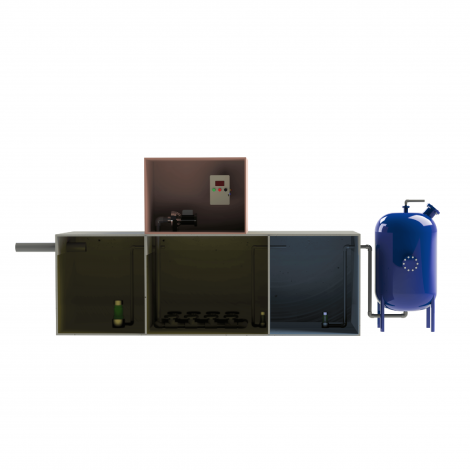Removal of organic matter
Usually, various organic substances are present in both domestic and industrial wastewater forming the main part of the pollutants. Of course, the exact amount of organic pollutants strongly depends on the type of industrial enterprise and its activities.
The removal of organic pollutants is also one of the main actions that must be performed to discharge wastewater into the natural environment. However, when choosing the most optimal treatment solution, the indicators of wastewater contamination according to organic pollutants must be accurately evaluated. Usually used in practice indicators of wastewater characterization are biochemical oxygen demand (BOD), chemical oxygen demand (COD), total organic carbon (BOA), dissolved organic coal (IOA), etc. Some of these indicators indirectly show the contamination of wastewater with organic pollutants, for example, the COD/BOD ratio can be used to judge the biodegradability of pollutants in wastewater. Meanwhile, measurements of total organic carbon provide more information on the concentration of organic pollutants present, although such studies are still rare in practice. In any case, considering the existing pollution, we accurately select the most effective method of removing organic pollutants, which can be regenerative (extraction, adsorption, and ion exchange) or destructive-oxidative (biological, ozonation, and electrochemical decomposition).
